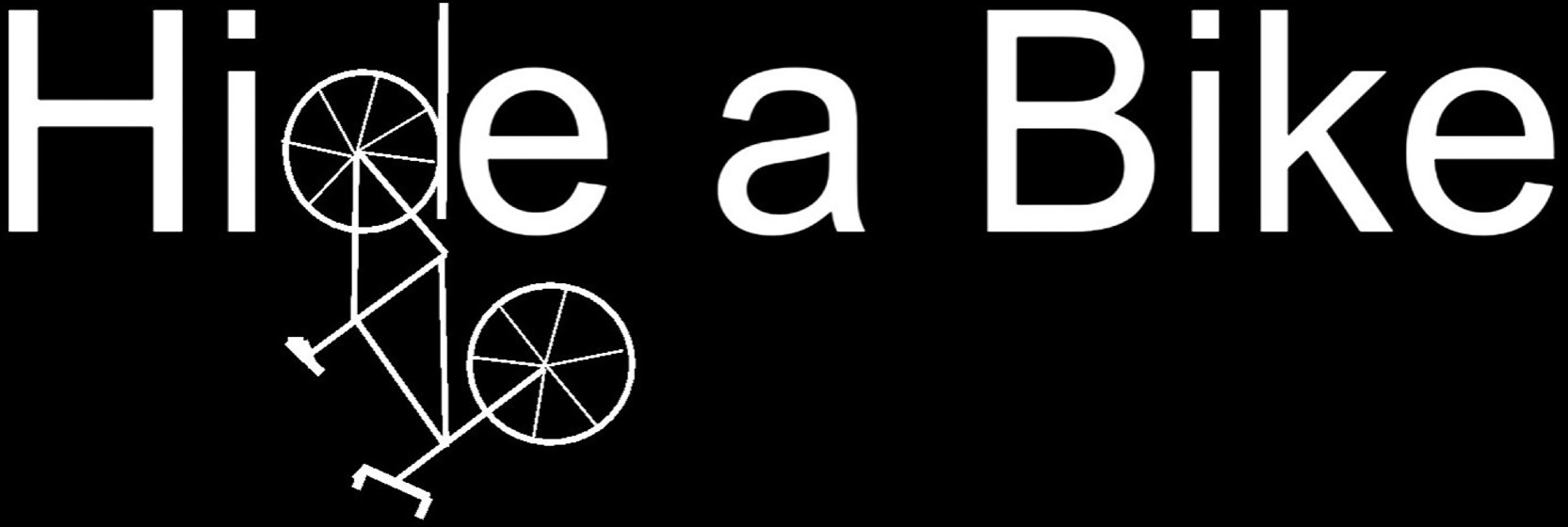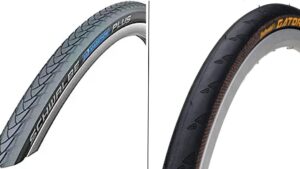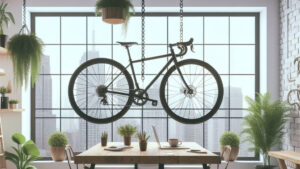How To Buy A Used Bicycle With Confidence

Discover how to buy a used bicycle confidently: research, inspection, safety, and basic maintenance. Your comprehensive guide to a great ride.
*This article may contain affiliate ads that help to support this site*
The world of cycling offers a myriad of benefits, from a healthier lifestyle to reduced carbon footprint, and choosing to buy a used bicycle is not only economical but environmentally responsible. However, ensuring that you get a quality, safe, and cost-effective ride requires some knowledge and diligence. In this guide, we will explore how to make the right purchase decision, avoid potential pitfalls, and guarantee your safety. From setting a budget and researching the right type of bike to inspecting the bicycle thoroughly and understanding basic maintenance, we will cover every aspect of the used bicycle buying process. By the end of this guide, you’ll be well-prepared to embark on your journey to find the perfect pre-loved bicycle.
Research And Preparation
Before diving into the world of used bicycle purchases, it’s essential to conduct thorough research and prepare adequately. This section delves into the steps you should take to ensure you make an informed decision.
Determining Your Cycling Needs and Preferences:
Begin by asking yourself what kind of cycling you plan to do. Are you a road cyclist, a mountain biker, or someone who prefers a versatile hybrid? Your intended use will influence the type of bicycle you should look for.
Consider factors like the terrain you’ll be cycling on, the distance of your rides, and your fitness level. For example, if you’re planning long, off-road adventures, a sturdy mountain bike might be the best choice.
Setting a Budget:
Establish a clear budget range for your used bicycle. This budget should encompass not only the cost of the bike but also any necessary accessories, such as a helmet, lock, or lights. Used bicycles often provide an excellent value for your money, but it’s essential to set a spending limit and stick to it.
Researching Different Types of Bicycles:
Take the time to research the various types of bicycles available. Learn about their features, advantages, and disadvantages. Road bikes are built for speed and efficiency on paved roads, while mountain bikes offer durability and control on rough terrain. Hybrid bikes provide a versatile option for various conditions.
Educating yourself on these different categories will help you narrow down your options and find a bicycle that aligns with your needs and preferences.
Understanding Bicycle Components:
Familiarize yourself with the essential components of a bicycle, such as the frame, gears, brakes, and tires. Understanding these parts will be invaluable when you begin inspecting used bicycles. You’ll be better equipped to identify any potential issues or assess the quality of a bike’s components.
Where To Look For Used Bicycles
Finding the right place to purchase a used bicycle is a crucial step in the buying process. In this section, we will explore various sources where you can find pre-owned bikes, and we’ll provide tips on how to choose a reputable seller.
Local Bike Shops and Dealers:
One of the most reliable places to find used bicycles is your local bike shop or dealer. They often offer refurbished, professionally inspected bikes with a warranty. Buying from a local shop provides the advantage of personalized service and expert advice. The staff can help you find a bicycle that matches your needs and budget.
Online Marketplaces and Classified Ads:
The internet has made it easier than ever to find used bicycles. Websites like Craigslist, eBay, Facebook Marketplace, and specialized cycling forums and marketplaces offer a wide selection of bikes. While online marketplaces provide a vast array of options, it’s important to exercise caution. Ensure the seller has a good reputation, ask for detailed photos, and consider meeting in a public place when inspecting the bike.
Bicycle Co-ops and Community Groups:
Bicycle cooperatives (co-ops) are nonprofit organizations that often sell refurbished used bikes at affordable prices. They may also offer DIY repair workshops, which can be a valuable resource for learning basic maintenance skills. Additionally, community groups and local events may host bike swaps or sales, providing opportunities to buy and sell used bicycles within your community.
Choosing a Reputable Seller:
Regardless of where you decide to shop for a used bicycle, it’s essential to choose a reputable seller. Look for the following indicators of a trustworthy seller:
- Positive reviews and feedback from previous customers (if applicable).
- A clear and honest description of the bike’s condition and history.
- Willingness to answer your questions and provide additional information.
- A willingness to let you inspect the bike thoroughly before purchasing.
Inspecting A Used Bike
Inspecting a used bicycle thoroughly is a critical step in ensuring that you’re making a wise investment. This section will guide you through the essential aspects to check when evaluating a pre-owned bike.
Frame and Structural Integrity:
Start by examining the bicycle’s frame. Look for any visible signs of damage, such as dents, cracks, or bends. Rust is another common concern, so pay close attention to the frame’s condition, especially at joints and welds. A damaged or corroded frame can compromise safety and performance.
Wheels, Tires, and Spokes:
Check the wheels for true alignment and signs of damage or excessive wear. Spin the wheels and listen for any unusual sounds. Inspect the tires for wear and tear, punctures, or embedded objects. Ensure that the spokes are tight and evenly tensioned.
Gears, Drivetrain, and Shifting:
Test the gears and drivetrain by shifting through all available speeds. Ensure that the chain moves smoothly between gears and that there are no abrupt jumps or chain skipping. Listen for any grinding or unusual noises during shifting.
Brakes and Brake Pads:
Check the condition of the brake pads and the braking system. Squeeze the brake levers to confirm that they engage smoothly and provide sufficient stopping power. Inspect the brake pads for wear, as they may need replacement.
Suspension (if applicable):
If the bike has front or rear suspension, examine it for signs of damage or leakage. Compress the suspension to verify that it operates smoothly and rebounds correctly. Make sure there are no strange noises or resistance when the suspension is in use.
Signs of Wear, Rust, or Damage:
Inspect the entire bicycle for any signs of excessive wear, rust, or damage. Pay attention to components like the handlebars, stem, saddle, and pedals. Any worn or rusted parts may require replacement or further maintenance.
Test Ride and Handling Evaluation:
Before finalizing your decision, take the bike for a test ride. Pay attention to its handling, comfort, and overall feel. Test the brakes, shifting, and responsiveness. Ensure the bicycle meets your expectations and provides a comfortable riding experience.
By thoroughly inspecting these key components, you can reduce the risk of purchasing a used bicycle with hidden problems. It’s also a good idea to take the bike to a professional for a more in-depth inspection, especially if you’re unsure about your assessment or if you’re considering a higher-priced used bicycle. This additional step can provide peace of mind and ensure you’re getting a safe and reliable bike.
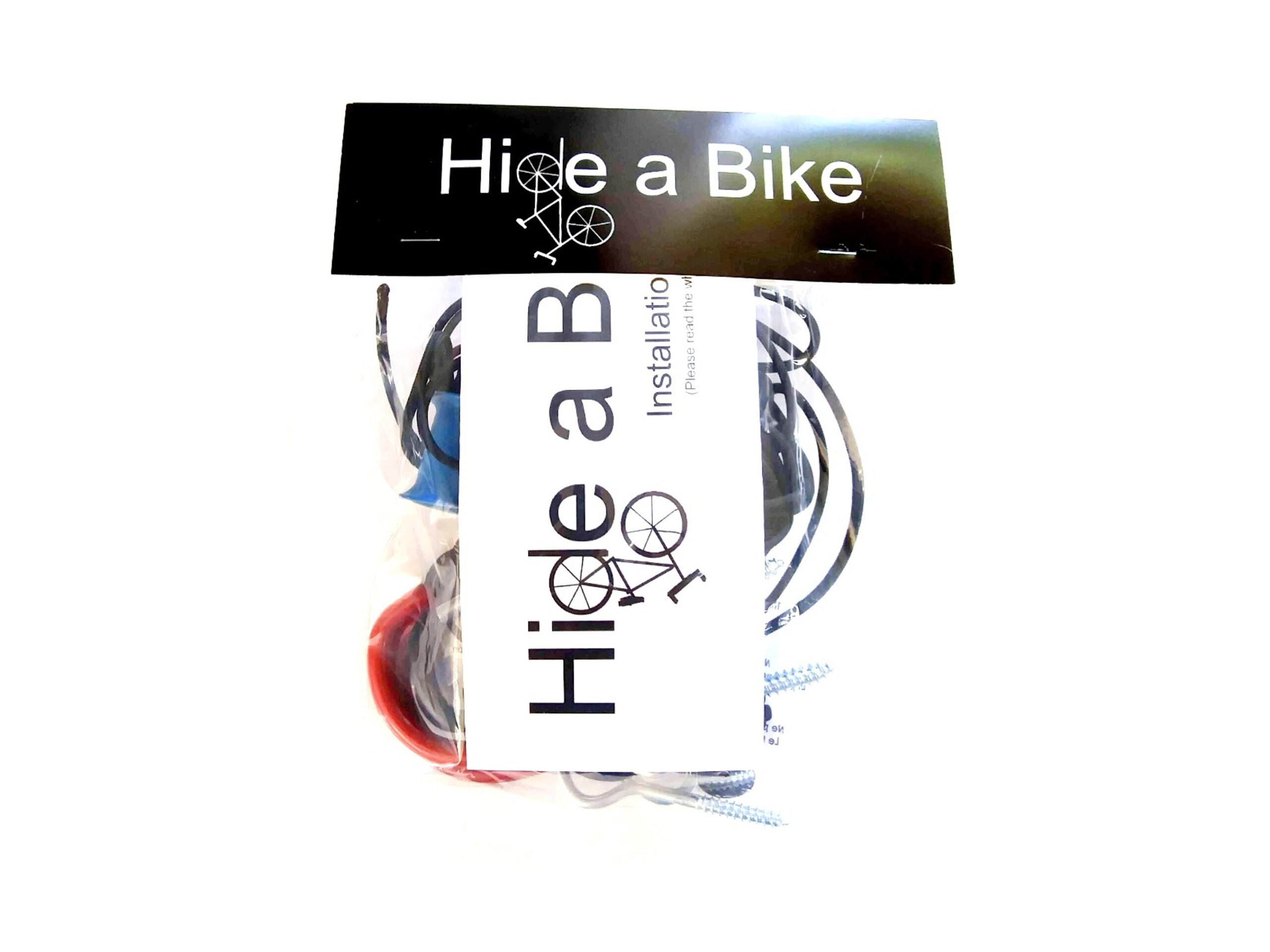
Hide A Bike Kit
Is your garage starting to become a mess? Save space by storing your bikes flat against the ceiling.
Ensuring Safety And Value
Beyond the physical inspection of the bicycle, ensuring safety and value involves additional considerations, including verifying the bicycle’s history, negotiating the price, obtaining necessary accessories, and avoiding potential issues like stolen bicycles. This section will help you make a secure and rewarding purchase.
Checking the Bicycle’s History (if Possible):
If the seller can provide any information about the bicycle’s history, it can be valuable. Ask about the bike’s maintenance records, accident history, and whether it has been stolen and recovered. A clean history indicates better overall condition and can provide peace of mind.
Negotiating the Price:
Don’t hesitate to negotiate the price. Research the market value of similar used bicycles to understand the fair market price. Be polite but firm during negotiations, and consider bringing up any issues you found during your inspection as a basis for negotiation. A well-maintained bicycle may command a higher price, but there’s often room for negotiation.
Considerations for Bike Accessories and Gear:
Take into account any additional accessories or gear you may need for your cycling experience. This includes a helmet, lock, lights, a water bottle holder, and possibly a rack or panniers for storage. Consider the overall cost, and ensure it aligns with your budget.
Importance of a Professional Inspection:
Even after your own inspection, it’s a good idea to have the bicycle professionally inspected, especially if you’re not confident in your assessment or the bicycle’s condition is uncertain. A certified bike mechanic can identify hidden issues and ensure the bike is safe to ride. This step may add some additional cost but is well worth it for peace of mind.
Tips for Avoiding Stolen Bicycles:
Check the bike’s serial number and consider running it through a stolen bike registry. Be wary of deals that seem too good to be true, and always ask for proof of ownership. A bill of sale, original purchase receipt, or a history of maintenance records can help verify the legitimacy of the transaction.
By following these steps, you can make sure your purchase is not only a good deal but also a safe one. You’ll have a well-rounded understanding of the bicycle’s history, its true value, and any additional accessories you might need. Plus, you’ll have taken steps to avoid any potential issues with stolen bicycles. This comprehensive approach ensures a smooth and secure used bicycle buying experience.
Basic Maintenance And Repairs
If you are comfortable doing small repairs, you can get an even better deal on a used bike that needs a little TLC. In this section, we’ll explore the basic tools you’ll need, how to clean and lubricate your bike, fixing common issues, and establishing a regular maintenance routine.
Essential Tools for Bicycle Maintenance:
- Tire levers: Used for removing and reinstalling tires for tube replacement or patching.
- Allen wrenches: For adjusting various components, such as handlebars, seatposts, and brakes.
- Screwdrivers: Useful for adjusting derailleurs and brake systems.
- Chain tool: Necessary for replacing or resizing a chain.
- Pump: To keep your tires properly inflated.
- Cleaning supplies: Brushes, rags, and bike-specific cleaning agents to keep your bicycle looking and performing its best.
Cleaning and Lubricating the Bike:
Regular cleaning and lubrication are essential for bike maintenance. After rides, clean your bike to remove dirt and grime. Pay special attention to the drivetrain (chain, cogs, and derailleurs) and brakes. Use a degreaser to remove old lubricant and dirt from the chain, then apply a quality bicycle-specific lubricant to keep things running smoothly.
Fixing Common Issues:
Learning to fix common bicycle issues can save you time and money. Some common problems and their solutions include:
- Flat tires: Learn to patch or replace inner tubes, and always carry a spare tube and pump when riding.
- Brake adjustments: Adjust brake pads and cable tension to maintain effective braking.
- Derailleur adjustments: Familiarize yourself with indexing the gears and adjusting the derailleurs for smooth shifting.
- Saddle and handlebar adjustments: Customize your riding position for comfort.
- Quick-release maintenance: Ensure all quick-release levers are properly secured.
Safety Checks and Regular Maintenance Schedule:
Safety should be a top priority. Regularly inspect your bike for signs of wear, damage, or loose components. Develop a maintenance schedule that includes tasks like checking tire pressure, lubricating the chain, and inspecting the brake system.
Having a working relationship with a local bike shop can be invaluable, especially for more complex repairs or if you’re not confident in your maintenance skills.
By gaining basic bicycle maintenance knowledge and investing in a quality toolkit, you’ll be better prepared to keep your used bicycle in great shape. This not only ensures a safer and more enjoyable riding experience but also prolongs the lifespan of your investment.

Hide-A-Bike Installation Guide
If you want to put together a Hide-A-Bike kit for yourself, just download these easy to follow, step-by-step directions, complete with a full hardware and parts list.
Conclusion
Hopefully we’ve equipped you with the knowledge and tools needed to make a wise and satisfying purchase. You’ve learned how to research and prepare, where to find used bicycles, how to inspect a bike, ensure its safety and value, and the basics of bicycle maintenance and repairs. By following these steps and being diligent in your approach, you can confidently navigate the world of pre-owned bicycles. Remember to prioritize safety, and if in doubt, seek the advice of a professional. As you embark on your journey with your new-to-you bicycle, you’ll not only enjoy the numerous benefits of cycling but also the sense of accomplishment that comes with knowing you’ve made a good choice. Happy cycling!
Share This Article With A Friend
Did You Read This Whole Article?
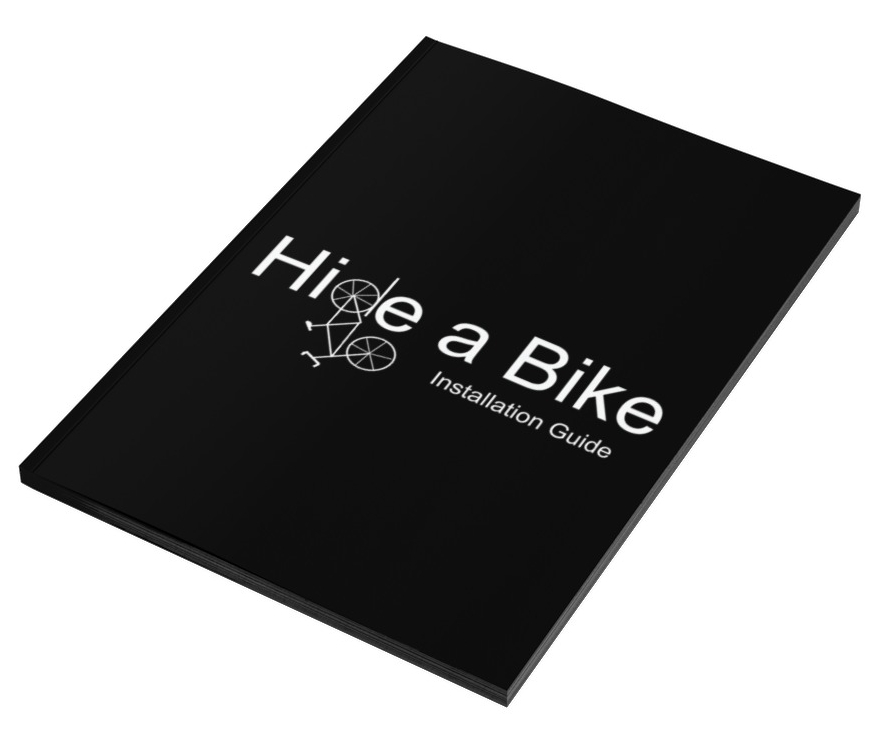
You deserve a gift! Enter your email to receive a FREE copy of the Hide-A-Bike Installation Guide! And once a month we will send you a newsletter with the best deals on the internet for bicycle gear and accessories.
About Hide A Bike

Save space by keeping your bike flat against the ceiling with the original easy and convenient bicycle storage solution.
Thank You For Visiting!

You deserve a gift! Enter your email to receive a FREE copy of the Hide-A-Bike Installation guide. And once a month we will send you a newsletter with links to our best finds on bicycle gear and accessories.
Share This Article:
Most Popular Articles:
Article Categories:
Related Articles:

Your Ultimate Guide To Cycling For Fitness Training

Wheels Of Change: The Role Of Bicycles For Social Justice

